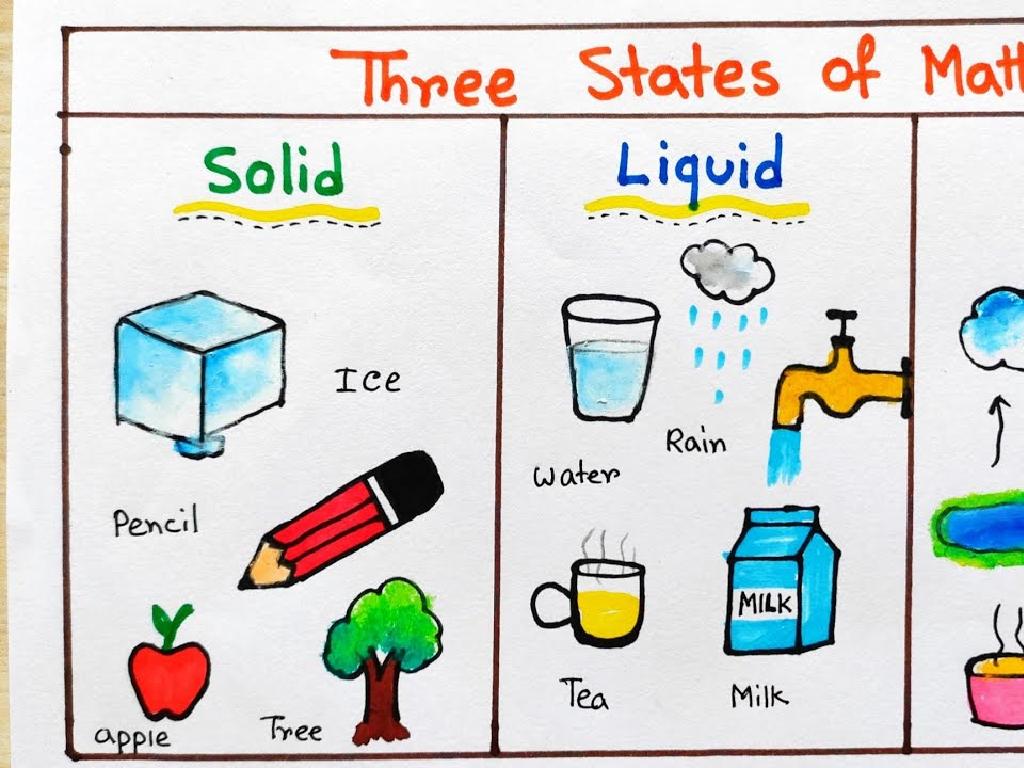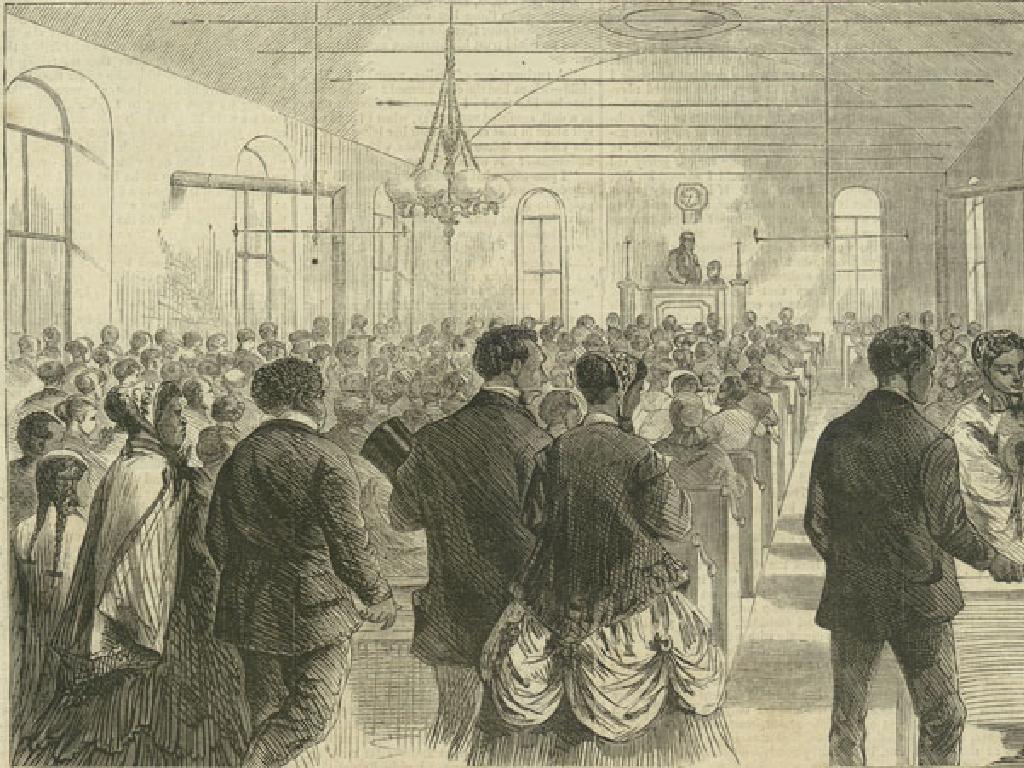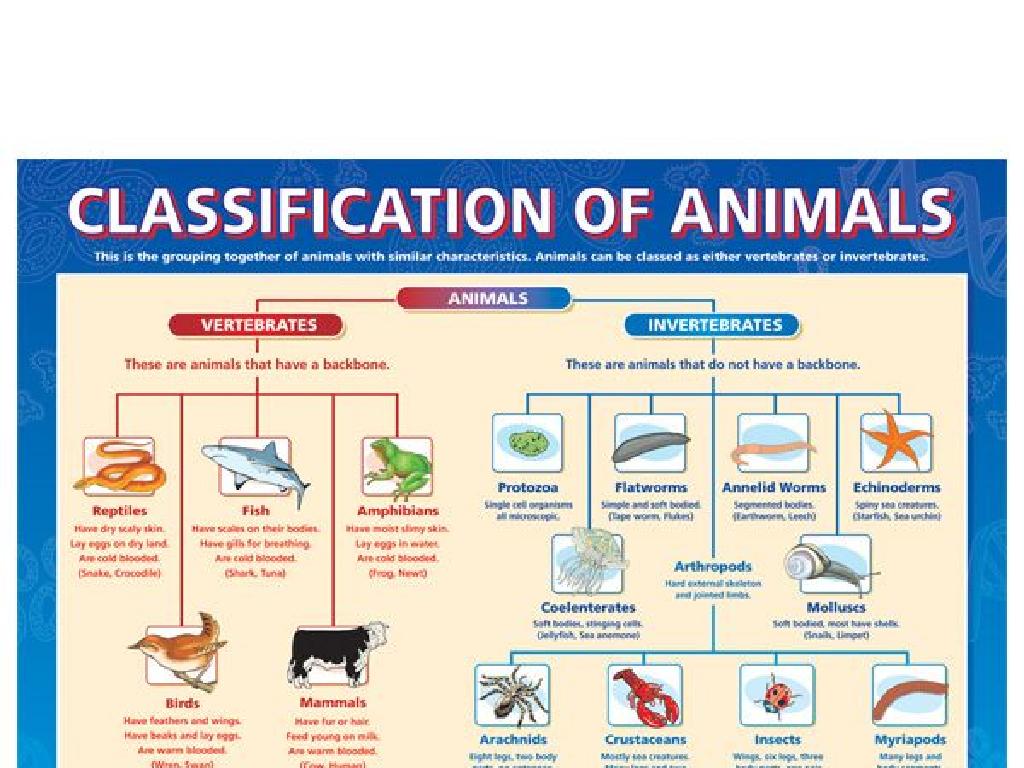Choose The Lowercase Letter That Matches: F, I, J, L, M, T, Y
Subject: Language arts
Grade: Pre-k
Topic: Lowercase And Uppercase Letters
Please LOG IN to download the presentation. Access is available to registered users only.
View More Content
Welcome to Letter Land!
– Explore big and small letters
– Uppercase letters are big, lowercase are small
– Match uppercase to lowercase
– Find the small letter that looks like the big one
– Identify letters: f, i, j, l, m, t, y
– Look for f, i, j, l, m, t, y in your favorite books
– Share letters you know
|
Begin the class with an exciting introduction to Letter Land, where letters come in two sizes: big (uppercase) and small (lowercase). Engage the children by asking them to share letters they already know. Introduce the concept of matching big letters with their little partners. Focus on the specific letters f, i, j, l, m, t, y, and encourage the children to find these letters in books or around the classroom. Provide examples of each letter in both uppercase and lowercase. For the activity, have various letter-matching games ready, such as puzzles or flashcards, to help children practice pairing uppercase and lowercase letters.
Meet the Letters!
– Big and small letter pairs
– Every big letter, like ‘F’, has a matching small letter, like ‘f’.
– Uppercase letters introduction
– Big letters, like ‘M’, are called uppercase.
– Lowercase letters introduction
– Small letters, like ‘m’, are called lowercase.
– Matching game: find the pairs
– Let’s match big ‘T’ to small ‘t’ and others!
|
This slide introduces the concept of uppercase and lowercase letters to Pre-K students. Emphasize that every letter they see in books and around them has two versions: one big (uppercase) and one small (lowercase). Show them examples of both types for each letter and explain that the big letters are used at the beginning of sentences and for names, while the small letters are used most of the time. Engage the students with a matching game where they find the small letter that matches the big letter. This activity will help them recognize and differentiate between the two forms of each letter.
Big and Small: Letter ‘Ff’
– ‘F’ and ‘f’ are the same letter
– Big ‘F’ is uppercase
– Uppercase ‘F’ starts names and sentences
– Small ‘f’ is lowercase
– Lowercase ‘f’ is used in most writing
– Practice saying the ‘Ff’ sound
– Repeat the sound ‘Ff’ like in ‘fish’ or ‘fun’
|
This slide introduces the concept of uppercase and lowercase letters using the letter ‘F’. Explain that both big ‘F’ and small ‘f’ represent the same sound and letter but are used differently. The uppercase ‘F’ is used at the beginning of sentences and with names, while the lowercase ‘f’ is more common in everyday writing. Engage the students by practicing the ‘Ff’ sound together and using words that start with ‘F’ to reinforce the lesson. Encourage them to find objects in the classroom that start with the letter ‘F’ and share with the class.
Big and Small: Letter ‘Ii’
– ‘I’ is big, ‘i’ is small
– Big ‘I’ is uppercase
– The big ‘I’ stands tall like a king
– Small ‘i’ is lowercase
– The small ‘i’ is like a little mouse
– Practice the ‘Ii’ sound
– Say ‘Ii’ like ‘igloo’ or ‘insect’
|
This slide introduces the concept of uppercase and lowercase letters using the letter ‘I’. Emphasize the visual difference between the big ‘I’ and the small ‘i’, and explain that the big ‘I’ is used at the beginning of sentences and for proper nouns, while the small ‘i’ is used in the middle or end of words. Engage the students by making the ‘Ii’ sound together and practicing with words that start with ‘I’. You can also incorporate a fun activity where students draw items that start with ‘I’ to reinforce the sound and recognition of the letter.
Big and Small: Letter ‘Jj’
– ‘J’ is big, and ‘j’ is small
– Big ‘J’ is uppercase
– Uppercase ‘J’ starts names and sentences
– Small ‘j’ is lowercase
– Lowercase ‘j’ is used in the middle of words
– Practice saying the ‘Jj’ sound
– The sound is like ‘juh’ as in ‘jelly’
|
This slide introduces the concept of uppercase and lowercase using the letter ‘J’. Emphasize the visual difference between the big ‘J’ and the small ‘j’, and explain that the big ‘J’ is used at the beginning of sentences and names, while the small ‘j’ is used within words. Engage the students by asking them to say the ‘Jj’ sound together and practice identifying the letter ‘J’ in different words. You can bring in objects or pictures that start with the letter ‘J’ to help them associate the sound with the letter. Encourage the children to practice writing both the uppercase ‘J’ and the lowercase ‘j’.
Big and Small: Letter ‘Ll’
– ‘L’ and ‘l’: Big and Small
– Look at the big ‘L’ and the small ‘l’. Can you see the difference?
– Uppercase ‘L’, Lowercase ‘l’
– The big ‘L’ is for names and starts of sentences. The small ‘l’ is used in most writing.
– Practice the ‘Ll’ sound
– Say the ‘Ll’ sound with me: La-La-Lemon!
– Match uppercase to lowercase
– Can you draw a line from the big ‘L’ to the small ‘l’?
|
This slide introduces the concept of uppercase and lowercase letters using the letter ‘L’. Start by showing the students the visual difference between the big ‘L’ and the small ‘l’. Explain that the big ‘L’ is also called uppercase and is used for specific purposes like starting sentences and names, while the small ‘l’ is lowercase and is what we use most of the time. Engage the students by practicing the ‘Ll’ sound together, emphasizing the sound at the beginning of familiar words like ‘lemon’. Finally, involve the students in a matching activity where they draw lines connecting uppercase ‘L’ to lowercase ‘l’, reinforcing their understanding of the letter in both forms.
Big and Small: Letter ‘Mm’
– Meet big and small ‘Mm’
– Uppercase ‘M’, lowercase ‘m’
– ‘M’ is big like a mountain, ‘m’ is small like a mouse
– Making the ‘Mm’ sound
– Say ‘Mm’ like the beginning of ‘monkey’ or ‘milk’
– Practice matching ‘Mm’
– Find the big ‘M’ and small ‘m’ in books or signs
|
This slide introduces the letter ‘M’ and its lowercase counterpart ‘m’ to Pre-K students. Start by showing them both the uppercase and lowercase versions, explaining that ‘M’ is big and ‘m’ is small. Engage the class by making the ‘Mm’ sound together, using familiar words such as ‘monkey’ or ‘milk’ to help them recognize the sound. Encourage the students to practice matching the big ‘M’ with the small ‘m’ by looking for these letters in their favorite books or around the classroom. This activity will help them understand the concept of uppercase and lowercase letters and their sounds.
Big and Small: Letter ‘Tt’
– ‘T’ is the big letter
– The uppercase version of ‘t’
– ‘t’ is the small letter
– The lowercase version of ‘T’
– Say the ‘Tt’ sound together
– Practice the sound ‘Tt’ makes
– Match big ‘T’ with small ‘t’
|
This slide introduces the concept of uppercase and lowercase letters using the letter ‘T’. Explain that ‘T’ is the big version and ‘t’ is the small version. Encourage the children to say the ‘Tt’ sound aloud as a class to reinforce phonemic awareness. Then, engage the students in a matching activity where they identify and match the uppercase ‘T’ with its lowercase counterpart ‘t’. This activity helps to solidify their understanding of letter recognition between uppercase and lowercase letters. Make sure to praise their efforts and correct pronunciation of the ‘Tt’ sound.
Big and Small: Letter ‘Yy’
– ‘Y’ is big, ‘y’ is small
– Big ‘Y’ is uppercase
– Uppercase ‘Y’ starts names and sentences
– Small ‘y’ is lowercase
– Lowercase ‘y’ is used in the middle or end of words
– Practice the ‘Yy’ sound
– Say ‘Yy’ like ‘yellow’ or ‘yarn’
|
This slide introduces the concept of uppercase and lowercase using the letter ‘Y’. Emphasize the visual difference between the big ‘Y’ and the small ‘y’, and explain that the big ‘Y’ is used at the beginning of names and sentences, while the small ‘y’ is found in the middle or at the end of words. Engage the students by practicing the ‘Yy’ sound together and using familiar words that start with ‘Y’, such as ‘yellow’ and ‘yarn’. Encourage the children to trace both uppercase and lowercase ‘Y’ on paper or in the air to reinforce their understanding.
Letter Matching Game
– Let’s play a matching game!
– Match big letters with small friends
– We’ll match ‘Ff’, ‘Ii’, ‘Jj’, ‘Ll’, ‘Mm’, ‘Tt’, ‘Yy’
– Find the lowercase letter for each uppercase
– Have fun finding the pairs!
|
This slide introduces a fun matching game to help Pre-k students recognize and pair uppercase and lowercase letters. Display each uppercase letter ‘F’, ‘I’, ‘J’, ‘L’, ‘M’, ‘T’, ‘Y’ on one side and have a mix of lowercase letters on the other. Students will draw lines to connect each uppercase letter to its lowercase counterpart. This activity helps reinforce letter recognition in a playful manner. For students who finish early, encourage them to find objects in the classroom that start with each letter or to practice writing the pairs on a whiteboard.
Class Activity: Letter Hunt
– Let’s hunt for letters in our room!
– Find objects starting with ‘f’, ‘i’, ‘j’, ‘l’, ‘m’, ‘t’, ‘y’
– ‘f’ for ‘fan’, ‘i’ for ‘ink’, ‘j’ for ‘jar’, ‘l’ for ‘lamp’, ‘m’ for ‘mat’, ‘t’ for ‘toy’, ‘y’ for ‘yarn’
– Ready, set, go explore!
– Share your finds with the class!
– Tell us the object and its starting letter
|
This activity is designed to help Pre-k students recognize and match lowercase letters with objects around them. It encourages exploration and active participation. Before starting, review the letters and their sounds. Scatter objects around the classroom that start with the given letters. Guide the students as they search and help them if they’re struggling to find or identify an object. Once they find an object, ask them to say the letter and the object’s name out loud. This reinforces their understanding of the letter sounds and their ability to connect letters to objects. Have a sharing circle at the end where each student presents their object and describes it to the class. This will build their confidence and public speaking skills.
Goodbye, Letter Land!
– Celebrate today’s letter journey
– Praise for being great detectives
– Anticipation for the next visit
What letters will we discover next?
– A cheerful farewell to Letter Land
|
This slide is meant to conclude the lesson on matching lowercase letters with their uppercase counterparts. It’s a moment to celebrate the children’s achievements in identifying the letters f, i, j, l, m, t, and y. Praise their efforts in becoming ‘letter detectives’ and encourage their excitement for future lessons. The anticipation for the next visit to ‘Letter Land’ should be built up to keep them eager to learn more. As a teacher, you can use this opportunity to reflect on which letters the children excelled at and which ones may need more practice in the future. End the lesson on a positive note, ensuring the children feel accomplished and excited to return.






